Arrhythmia? Ischemia? Both? Electricity, drugs, lytics, cath lab? You decide.
Dr. Smith's ECG Blog
NOVEMBER 26, 2018
The rhythm differential for narrow, regular, and tachycardic is sinus rhythm, SVT (encompassing AVNRT, AVRT, atrial tach, etc), and atrial flutter (another supraventricular rhythm which is usually considered separately from SVTs). Therefore this patient is either in some form of SVT or atrial flutter.

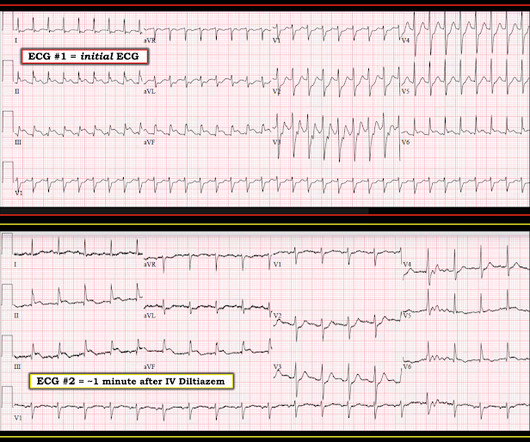
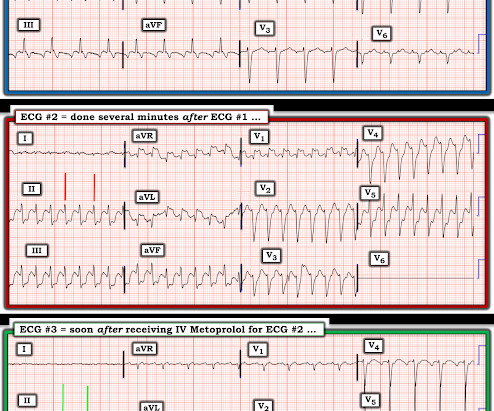
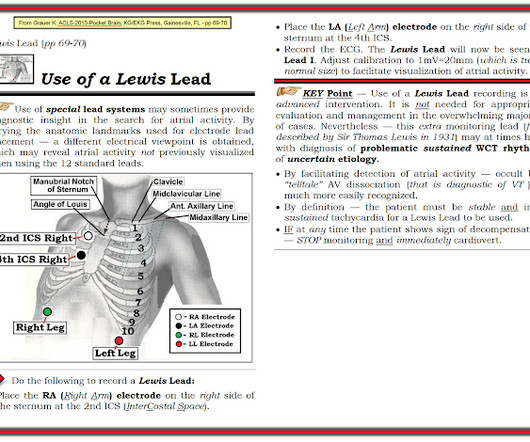
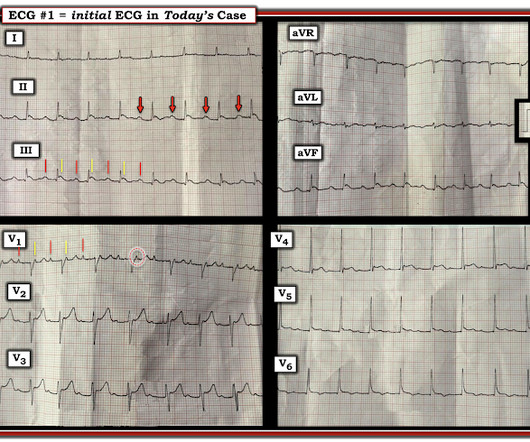




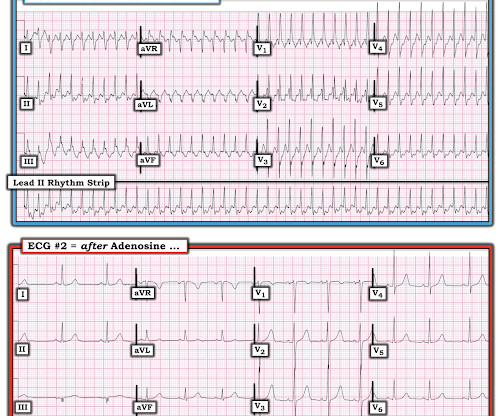
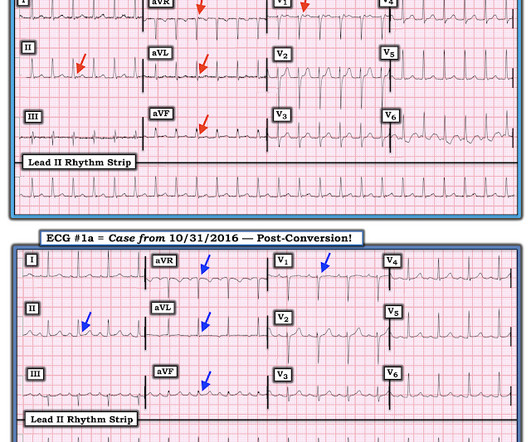
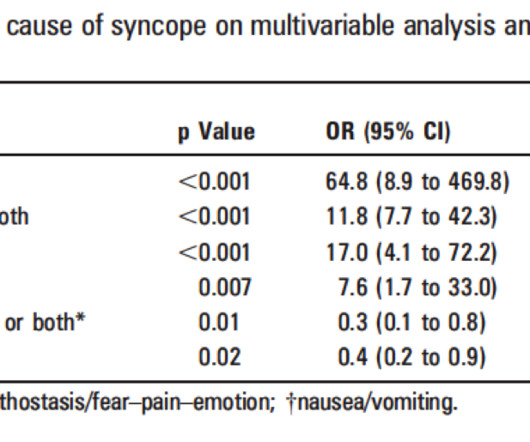






Let's personalize your content